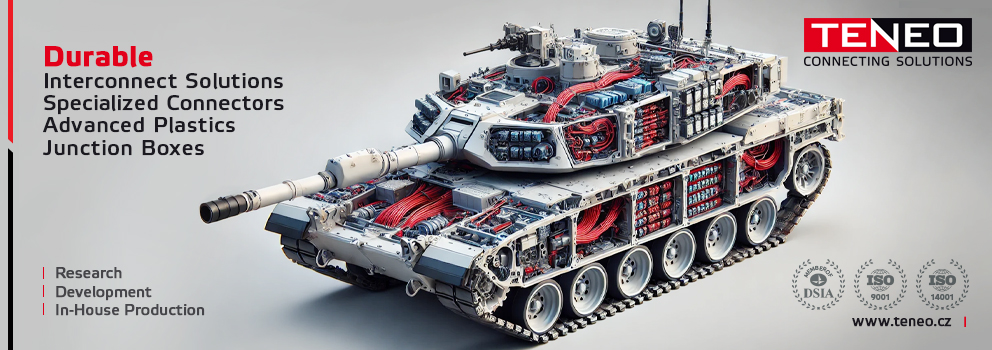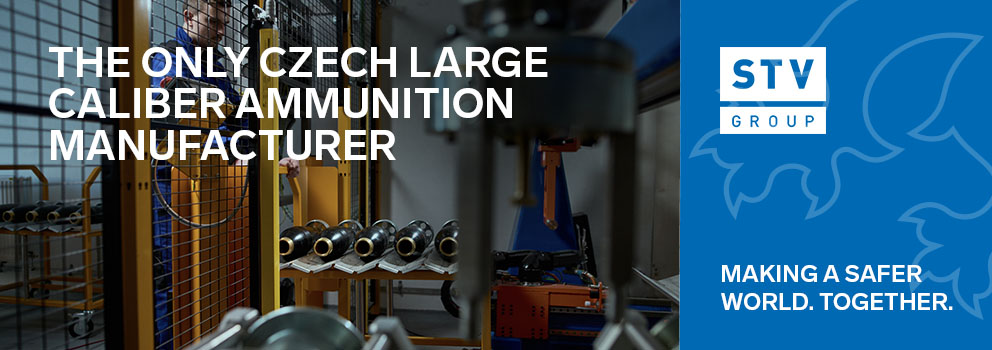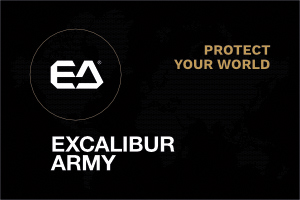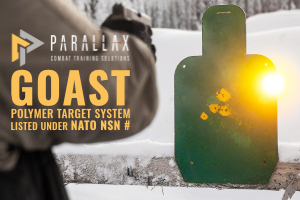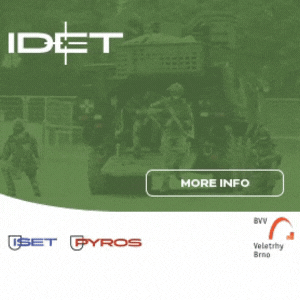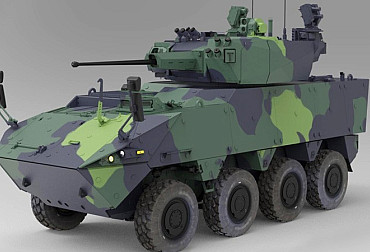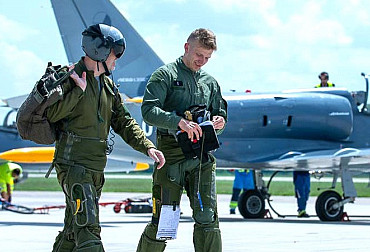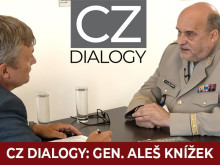Kpt. Jan "Sully" Heřmánek: Working in the active reserve is de facto part-time work in the army
The importance of the active reserve in the Czech Army is constantly growing, so we invited Captain Jan "Sully" Heřmánek to the next installment of our CZ DIALOGUES show. He has been a soldier in the active reserve for 14 years in the combat unit of the 7th Mechanised Brigade of the Czech Armed Forces. In addition, since 2022, he has been actively helping in Ukraine. He is the chairman of the well-known Team 4 Ukraine. Thus, we discussed not only the goals and priorities in building up the Active Reserve of the Czech Army, but we also talked about practical experience in providing assistance to the fighting Ukraine.
Video: Interview with the commander of a mechanized company of Active Reserves, Capt. Jan "Sully" Heřmánek / CZ DEFENCE
The building of the active reserve is generally a supplement to the Armed Forces of the Czech Republic, or the Army of the Czech Republic. The active reserve can be divided into two basic groups. "One is the units of the territorial forces under the territorial command. The others are then directly with the regular army units, where they perform a function based on what their organic or home unit performs in the territorial forces," Sully explains. Primarily, reservists perform tasks related to the protection of objects important to national defense, supplementing the police force, assisting in natural disasters, or defending their own territory. "For our unit, those tasks are de facto two. One is to establish another mobilisation battalion. And the other, equally important task, is to replenish the battalion with additional 4th companies or to replenish the battalion's combat losses," Heřmánek explained in the interview.
As part of the question about recruitment, we learned that each unit tries to do its own recruitment in its own way, so we focused on the 7th Mechanised Brigade, under which Capt. Heřmánek serves. "We target university students. We target people 30 plus who already know what they want out of life and want to contribute back to society in some way. Primarily, these are people who have patriotic feelings, want to be valid and didn't choose, for example, the volunteer fire department. The army or weapons are closer to them," Heřmánek explains. The basis is communication through various interest groups on social networks, but especially at various public events in which the ACR participates, such as the Mud, Brickworks and others. "Here we talk to people about what the active reserve does, how the service is run, what the purpose of the service is and so on. But it is still an under-communicated topic and we have to explain to many people what active reserve actually is and how it works. The simplest description I give people is that it is a de facto part-time job in the military," Sully adds.
We wondered if the active reserve had the same equipment and gear as professional soldiers. "It is and it isn't. We in our battalion have the same equipment as our professional colleagues, but only some weapons are assigned to us by table. We have our own rifles and pistols. These are assigned, as they say, to the head. Unfortunately, however, the tables for the active reserves do not list, for example, machine guns, anti-tank missiles, precision rifles, and other weapons that we also use. What this means in real terms is that every time we train or deploy, the battalion has to borrow weapons from its own resources, and that makes it difficult for us. In this way, we burden the battalion in its normal functioning," Heřmánek says. "It's been about four years since the new tables have been worked on intensively, and at different levels of command. The structure of the unit is to be changed, but mainly the equipment and weapons are to be allocated there. Our tables are missing transport equipment, such as Tatra 815s and the like. Again, we have to borrow it from another unit," explains the commander of the AR mechanised company.
The Active Reserve operates not only as a part of the Czech Army, but is found in the military structures of many countries. However, it is not a unified system. Each state sets its own procedure and rules. Our army, too, although it may have been inspired by other foreign examples, has followed its own path. "Unfortunately, we have the Czech way. Some things are better in our country, some are worse. I prefer to take inspiration from what already works and try to copy functional things rather than look for my own ways," Heřmánek said, adding that Finland is an example of such a country, although the Finns are specific in that their active reserves are based on basic military service—quite different from what we remember and what most Czech citizens imagine. "There it is a prestigious thing. The society is set up in a completely different way. Their reservists, after they complete their basic military service, do regular compulsory training at smaller intervals, but then they train voluntarily at much larger intervals," Heřmánek compares.
A workable solution may be that of the National Guard in the United Kingdom or the United States. "There, the exercises are similarly intensive, mostly on weekends, and there are several longer exercises. But that training time is used more efficiently there," Sully says, referring to the Army's administration, which is so much that it takes several days of training time, including the so-called in-processing, which is more lengthy here than, for example, in the aforementioned British Army.
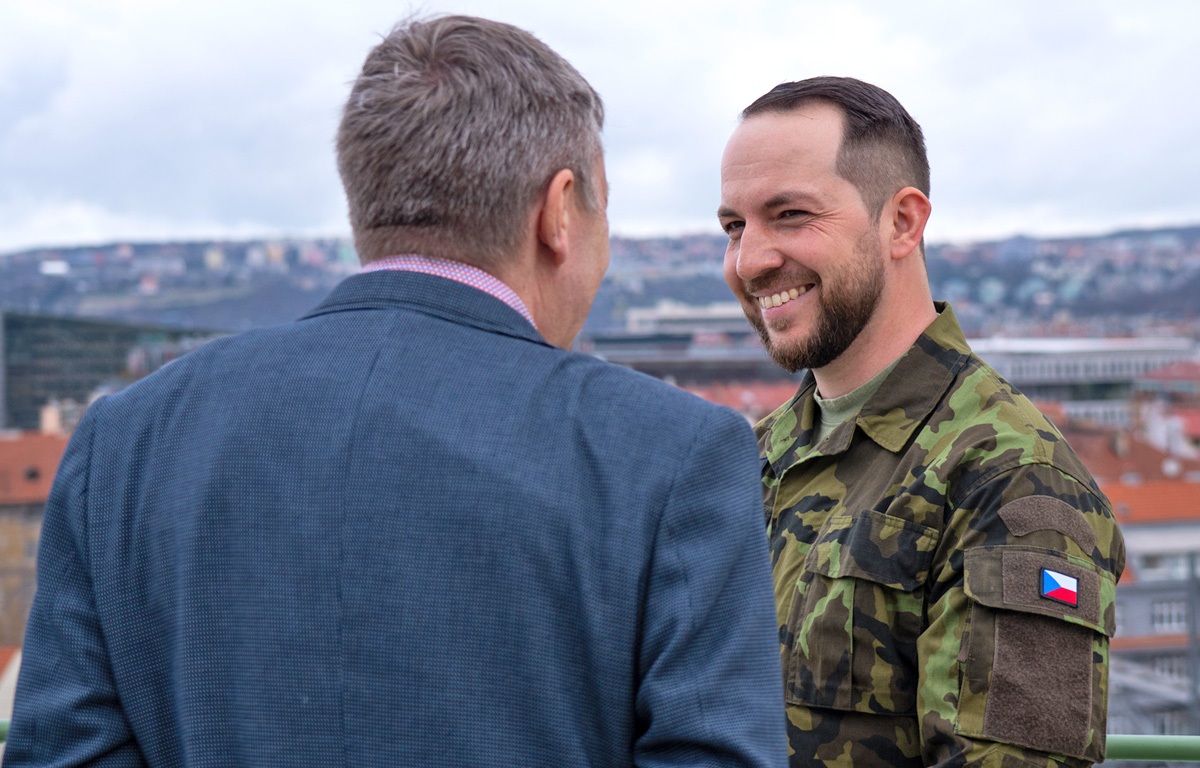
A separate chapter is the combination of civilian employment and service in the active reserve. "A lot of employers here don't know what active reserve is and why it's beneficial for the company—what that person is getting better at and how that benefits that employer. At the same time, a lot of employers don't even know what the restrictions and obligations are. For now, it's primarily up to the reservist to communicate and explain to the employer," Sully says, describing the reservist employment issue, while pointing out that a list of trainings that a reservist can be called up for in the next six months comes from regional military commands to reservist employers. "All exercises are listed there, usually for the whole unit, including those exercises to which the reservist may not be called up. Then, when the employer receives it, and the reservist in question doesn't explain it to the employer, the employer feels that the person will de facto not be in the company," Sully points out.
The relationship between the employer and the active reserve soldier also affects the overall relatively low awareness of the active reserve as such. "In our society, it's not like in Finland, where it's seen as a prestige, or in the United States or England. Employers often make life difficult for soldiers in the active reserve; they do not want to let them go on exercises or make it uncomfortable for them in some way. It is about the fact that our society is set up in a certain way, and only in recent years has it realised that the army is important and that defence is really, as the Chief of the General Staff says, the business of everyone, not just a small group of professionals," points out the commander of the AR mechanised company.
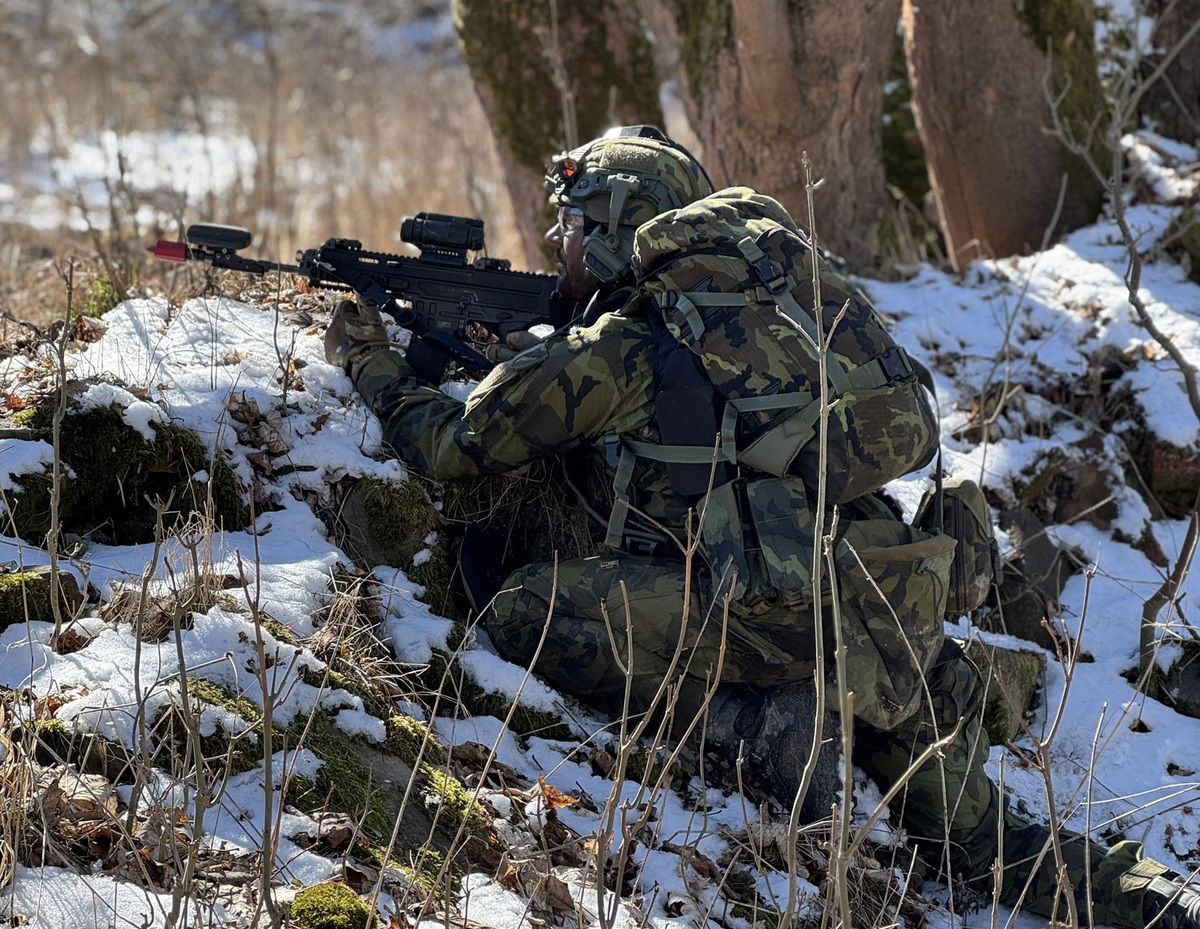
In the interview, we also touched upon the Team 4 Ukraine project, in which Captain Heřmánek has been working for years. The group was founded in 2014 in response to the occupation of Crimea by Russia. The original concept was to help with the development of the Ukrainian police. It was also dedicated to monitoring Russia's hybrid attacks on Ukraine and how to help Ukraine in terms of cybersecurity. "That's how it started back then, in the early years, when we took it as some local conflict over there in Europe that didn't concern us too much," says the current chairman of Team 4 Ukraine. The outbreak of war in Ukraine in 2022 changed the activities of the association significantly. "From some, let's say, advisory activity and mutual exchange of information, from February 2022 it turned into intensive charity and humanitarian work and support for the armed forces of Ukraine to be able to defend themselves against the aggressor so that as many soldiers and civilians as possible would survive the war. From the very first days of the invasion, we started bringing ambulances and humanitarian material for civilians, but the bigger part is helping the armed forces of Ukraine. It's about supplying them with the material they lack, possibly some training and other things," summarizes the chairman of the association. Team 4 Ukraine delivers all material directly to the end users, whether on the front line or close to the battlefield. "We have never used transshipment centres, distribution centres or anything like that. We always take it to those who use it at the end," explains Heřmánek. Such close cooperation requires a high level of mutual trust to be built, which Sully says did not take long, as the Ukrainians had already had experience with the association since 2014. "So, we were just building on what existed there," Jan Heřmánek summarises.
If you want to know more information, such as how the reservists manage to reconcile their civilian jobs with their training in the army, what is the financial evaluation of soldiers in AR, or how Captain Heřmánek got into active reserve service in the first place, listen to the full interview at the beginning of this article.

